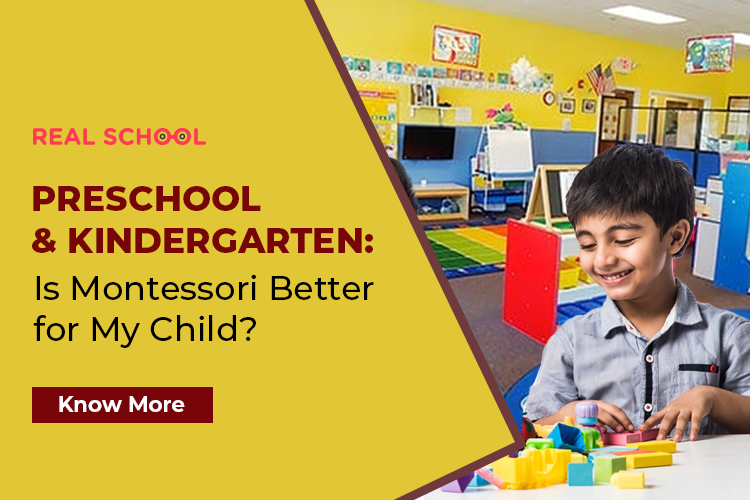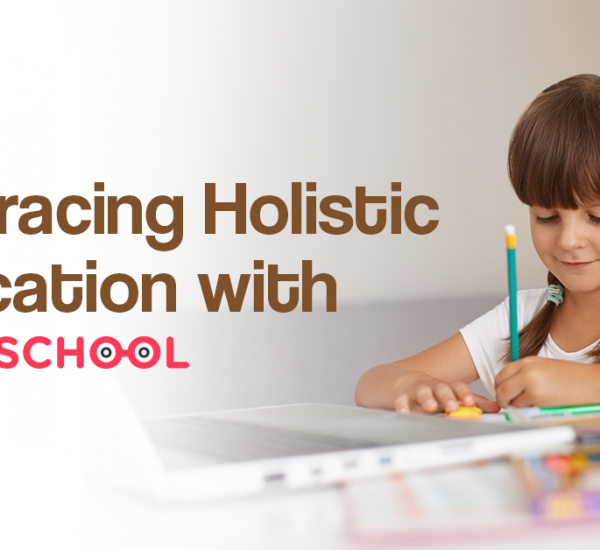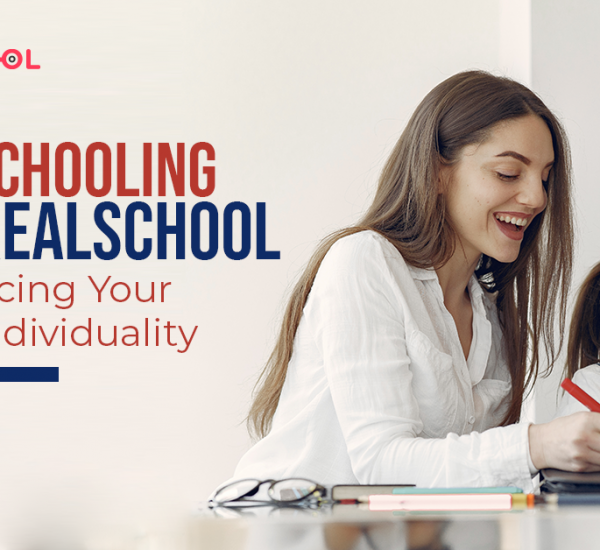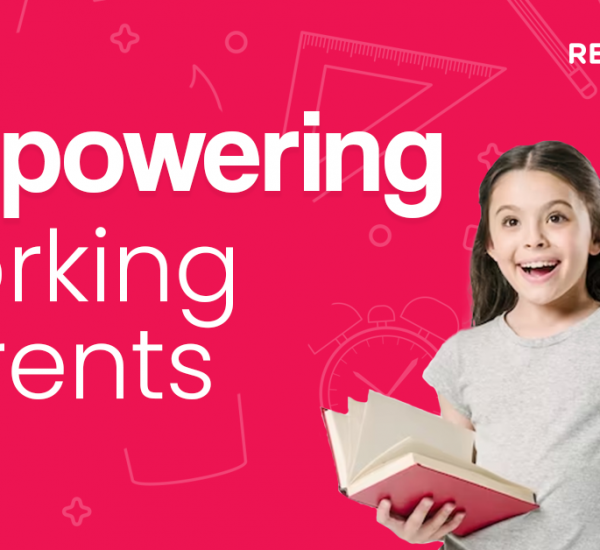If you are looking for the complete details about the Montessori preschool or kindergarten school, you must check out this article in detail and understand the classroom environment at Montessori and the classes running in preschool and kindergarten.
Preschool and Kindergarden
Preschool and kindergarten are crucial years in a child’s development, as they set the foundation for their academic and social success in the future. Parents have a variety of educational philosophies to choose from when deciding which school to enroll their child in. One popular option is the Montessori method, which has been gaining popularity in recent years. In this article, we will explore the Montessori method and discuss whether it is better for your child.
Also Read: Fun Learning Activities for Kids: Explore New Learning Activities for Kids!
What is the Montessori Preschool?
The Montessori method is an educational philosophy developed by Dr. Maria Montessori in the early 1900s. The method emphasizes self-directed learning, hands-on activities, and collaborative play. Montessori schools typically have mixed-age classrooms, where children are free to choose their activities and work at their own pace. The teacher acts as a guide, providing support and assistance when needed but generally allowing the child to take the lead.
Is Montessori better for my child?
There is no one-size-fits-all answer to this question, as every child is unique and has different needs. However, there are several reasons why Montessori may be a good fit for your child.
First, the Montessori method focuses on developing the whole child. In addition to academic skills, children in Montessori schools learn important life skills such as communication, problem-solving, and self-regulation. These skills are essential for success both in school and in life.
Second, the Montessori method emphasizes hands-on learning and self-directed play. Children in Montessori schools have the freedom to choose their activities and work at their own pace. This approach allows children to develop their interests and passions, which can lead to a lifelong love of learning.
Third, Montessori schools typically have mixed-age classrooms. This allows younger children to learn from older children, and older children to develop leadership skills and mentorship abilities. This approach also helps children develop social skills and empathy.
Finally, research has shown that Montessori-educated children tend to have better outcomes in terms of academic achievement, executive functioning, and social skills. A study published in the Journal of Educational Psychology found that Montessori-educated children had higher levels of academic achievement and executive functioning than children who attended traditional preschools. Additionally, a study published in the Journal of School Psychology found that Montessori-educated children had higher levels of social understanding and empathy than their peers in traditional preschools.
Of course, there are also potential drawbacks to the Montessori method. For example, some parents may feel that the self-directed approach doesn’t provide enough structure or discipline. Additionally, the Montessori method may not be a good fit for children who struggle with self-regulation or who prefer a more structured learning environment.
Also Read: How to Teach English Reading to Kids? Tips on Teaching to Kids
Classroom Environment at Montessori
The classroom environment in a Montessori school is designed to foster a sense of independence, self-direction, and collaborative learning. Montessori classrooms are often referred to as “prepared environments” that are carefully designed to meet the developmental needs of each child. Here are some of the key features of the Montessori classroom environment:
# Child-Centered: Montessori classrooms are centred around the child. Children are given the freedom to choose their activities and work at their own pace, which fosters a sense of independence and self-direction.
# Hands-On Materials: The Montessori method emphasizes hands-on learning, and the classroom environment is filled with materials that children can manipulate and explore. These materials are carefully designed to be self-correcting, so children can learn from their mistakes and develop a sense of mastery.
# Mixed-Age Groups: Montessori classrooms typically have mixed-age groups, which allows younger children to learn from older children, and older children to develop leadership skills and mentorship abilities. This approach also helps children develop social skills and empathy.
# Prepared Environment: The Montessori classroom environment is carefully prepared to meet the developmental needs of each child. Materials are arranged in an orderly and attractive manner, and the classroom is kept clean and well-maintained.
# Freedom Within Limits: While children are given the freedom to choose their activities and work at their own pace, there are also limits in place to ensure that the classroom environment remains safe and respectful. Children are taught to respect each other’s work and personal space, and to ask for help when needed.
# Uninterrupted Work Time: In a Montessori classroom, there is typically a block of uninterrupted work time during which children are free to choose their activities and work independently. This time allows children to focus and concentrate on their work without distractions.
Also Read: Summer Vacation Activities for Students: Let’s Find the Most Interesting Activities for Kids!
Conclusion
Overall, the Montessori classroom environment is designed to support children’s natural curiosity, independence, and love of learning. By providing a carefully prepared environment that meets the developmental needs of each child, Montessori schools create a nurturing and supportive learning environment that helps children reach their full potential.
Ultimately, the decision of whether to enrol your child in a Montessori school will depend on your child’s individual needs and preferences. It’s important to visit different schools, talk to teachers and administrators, and observe classes to get a sense of whether a Montessori school is the right fit for your child. Let’s check out the Real School site for more details.







